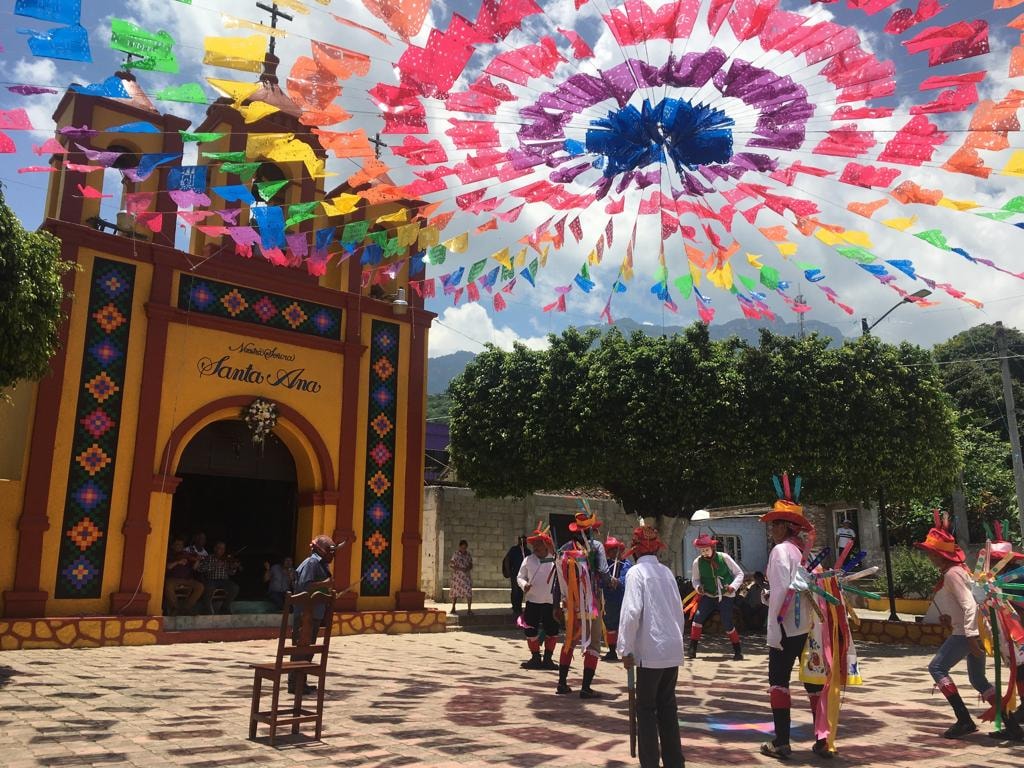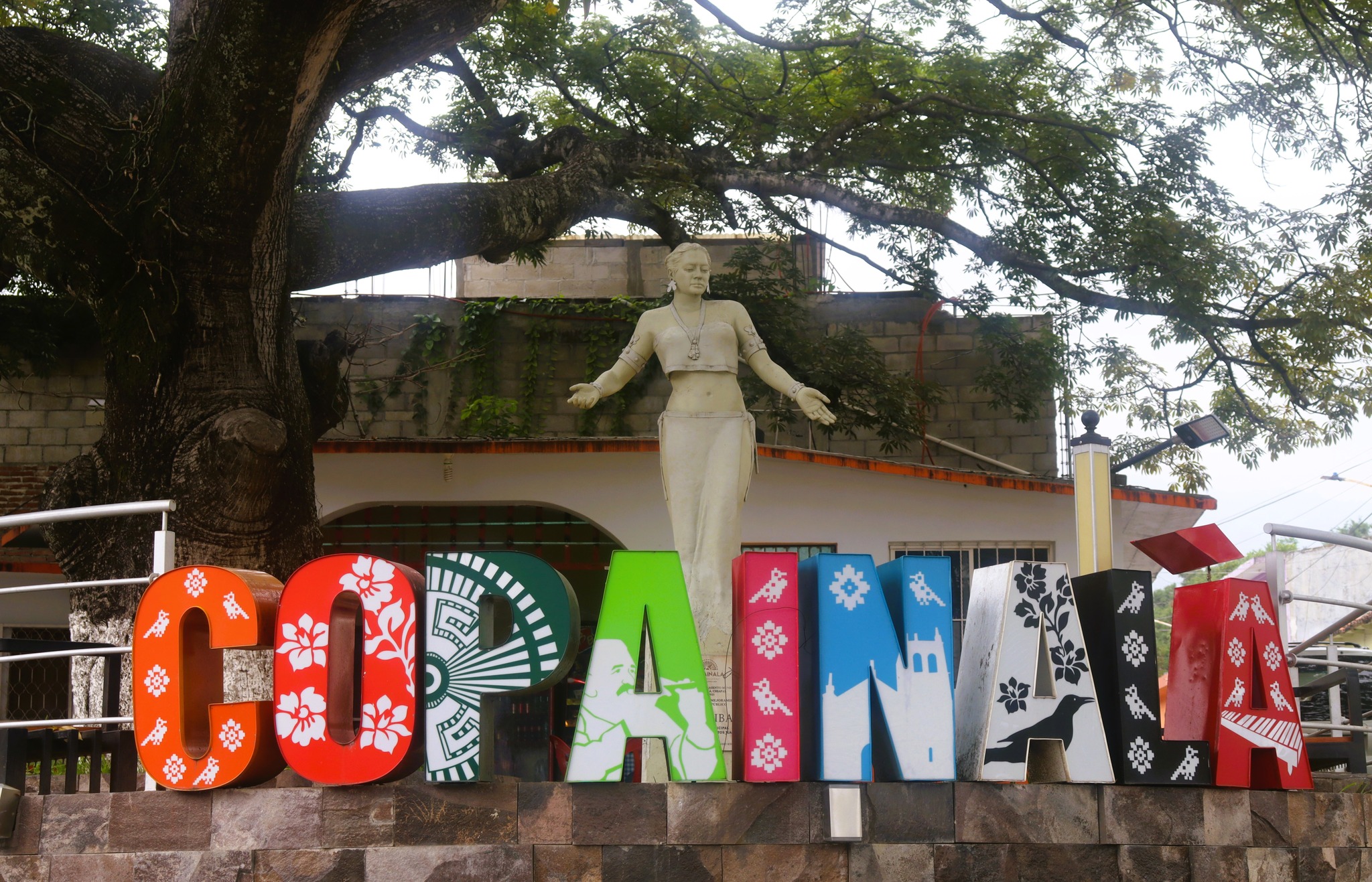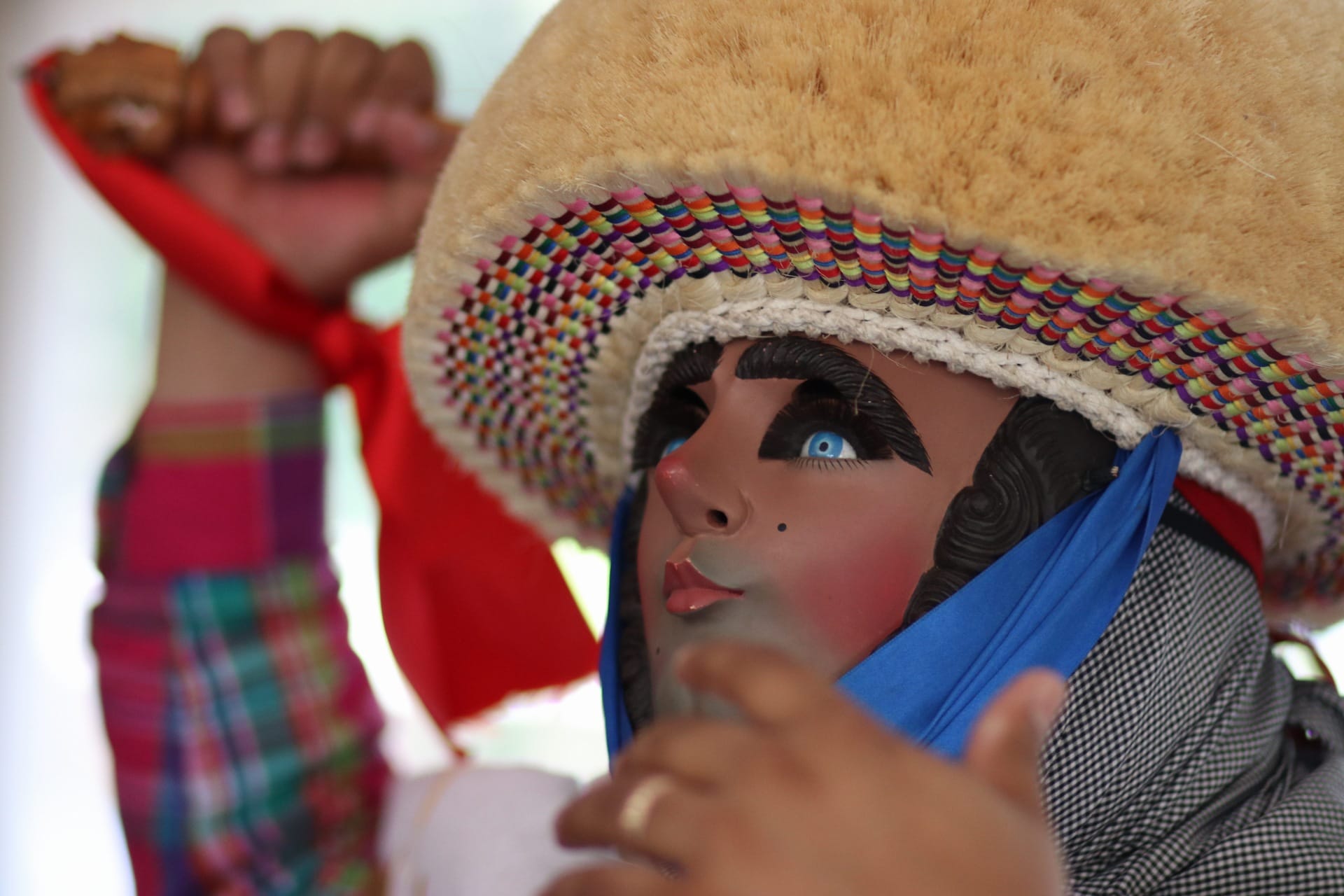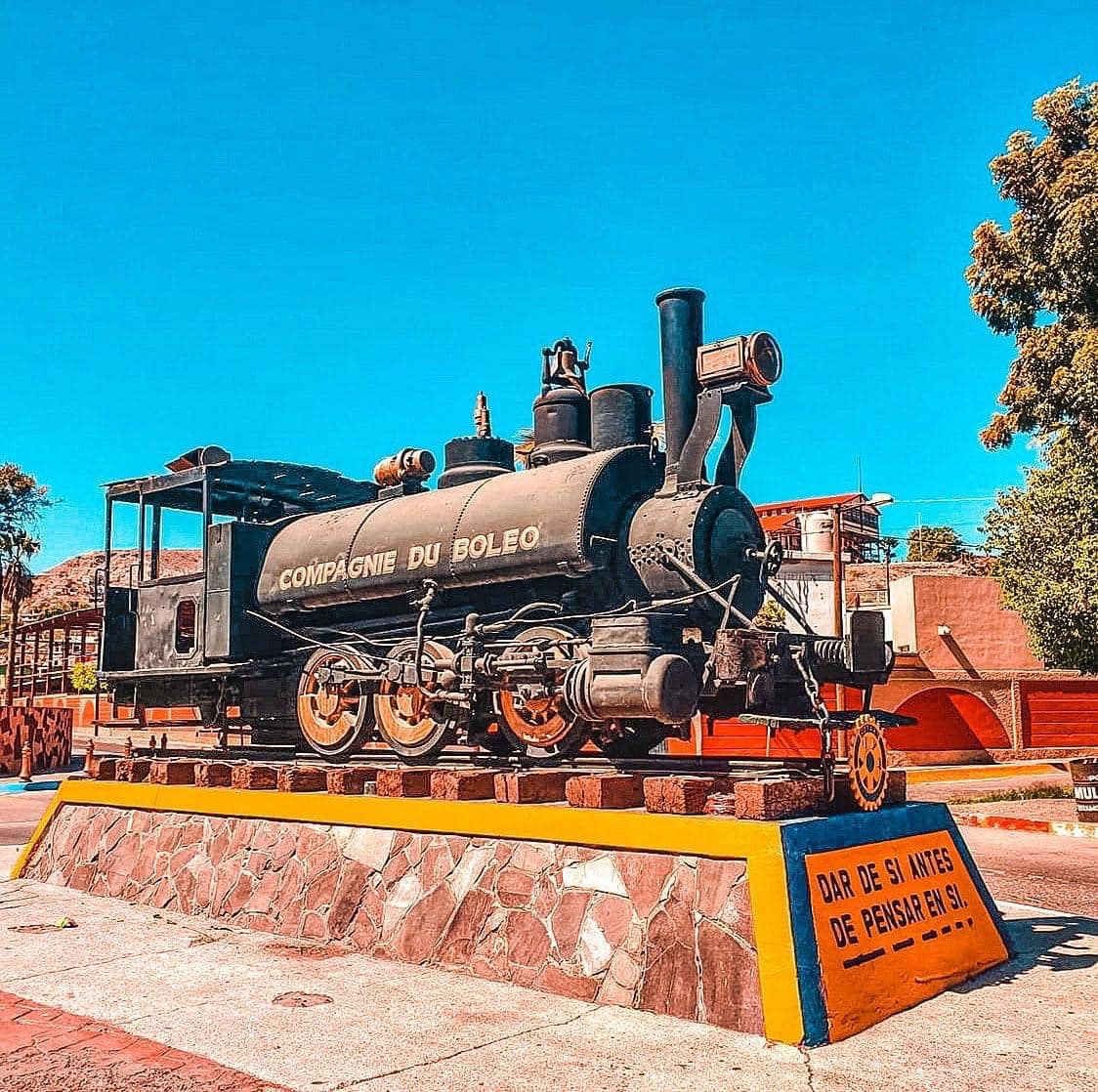Copainalá
This Magical Town brings together vernacular architecture and dense vegetation. It is considered one of the most authentic and rich towns in Chiapas.








Services in Copainalá
What Makes it Magical
Framed by dense green vegetation, the red rooftops of Copainalá stand out. Their clay tiles are a constant feature of this Magical Town in Chiapas, and a part of its charm. Its charisma is visible from a distance, thanks to the stepped plateau that it sits upon, which makes it look like a painting from afar.
No matter where you are in the town, the beautiful mountainous landscape surrounding it is visible. The mist rises to the town’s highest points, contrasting with the colourful houses and the dense greenery.
Its name derives from the Náhuatl word Koa-Painal, which means “place of the running serpents”. Copainalá was founded in the 16th century by Zoque inhabitants, who came from surrounding villages and who had been evangelized by Dominican missionaries during the first years of the Spanish colonization.
The town is a magnificent ensemble of vernacular architecture, and is considered to be one of the most authentic and rich towns in Chiapas. It is located around 1,300 feet asl and is always at a comfortable temperature. The air always has a sweet aroma coming from the citrus trees, which are abundant in the region and are found in almost all the house’s courtyards.
Why You Should Go
- Amongst its natural treasures is the Río Zacalapa, whose origin is a waterfall of the same name that forms a part of the Río Grijalva tributary.
- This is a place for relaxation and for taking dips in its crystal clear waters.
At the Very Least
If you visit Copainalá in May you will be there for the traditional festivity of San Vicente, for which they decorate their churches with real flowers. The town’s inhabitants wear their customary dress and you can even see them perform the traditional dance of “La Encamisada”.
Don’t Miss
- Visit the San Vicente Ferrer church and the colonial convent, which bear witness to the colonial era, when the Dominican missionaries came to evangelize.
- Take home textiles, handicrafts made from cotton, which are embroidered or dyed with fine cochineal powder.
- Try their food! The region’s typical dishes are putzatzé (beef with lime juice), tzatá (beans with ground green banana), and zispolá (chicken prepared with white chilli and cabbage leaves).









